What are Cargo Ships?
Any ship or vessel that transports heavy goods and materials from one port to another is called a cargo ship. These are also known as freighters, and thousands of them swarm the seas of the earth at any given time because they handle the major bulk of international trade services.
Even today, shipping is considered the best mode of transportation and transfer of trade goods and any business item. This is because it is very safe handling delicate materials and is relatively cheap.
Present-day cargo ships are being revolutionised as shipping companies become more carbon neutral and reduce emissions from terminals’ operations, warehousing and logistics etc.
There are four different kinds of cargo ships, and they are classified based on the cargo they carry, namely, general cargo vessels, multi-purpose vessels, dry-bulk carriers and, last but not least, tankers. General cargo vessels mostly carry packaged goods like foods, footwear, garments, chemicals, machinery, furniture, motor vehicles, etc.
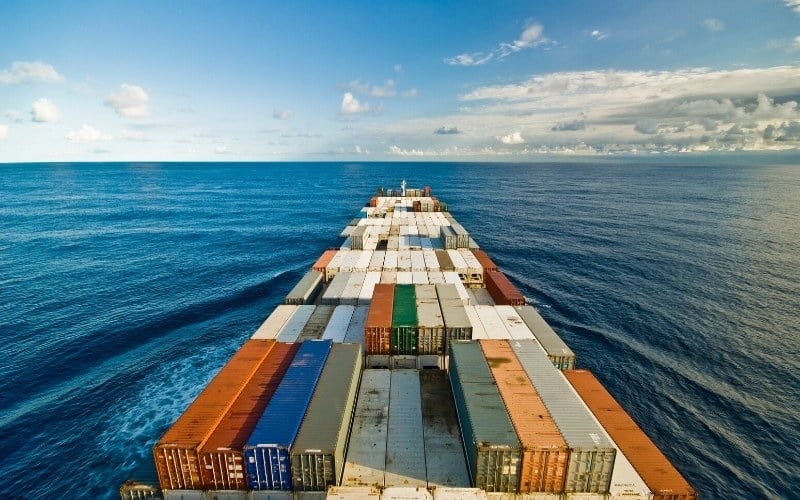
The tankers are vessels with specially designed containers to transport liquid cargo like petroleum products. The dry-bulk carriers transport non-packaged loose materials like food grains, coal, and other similar products. The multi-purpose vessels are true to their name and carry all kinds of goods, whether liquid or general cargo. They have separate containers and storage systems for all these goods.
Types of Cargo Ships
A different kind of specification further segregates the cargo ships into two distinct categories: the liners and the tramp ships. The ships that travel on a fixed pre-scheduled route and have charged tariffs are called liners or cargo liners. On the other hand, the vessels that do not follow any pre-determined schedule or route and are chartered by various users to transport their goods at a fixed contractual price are called tramp ships.
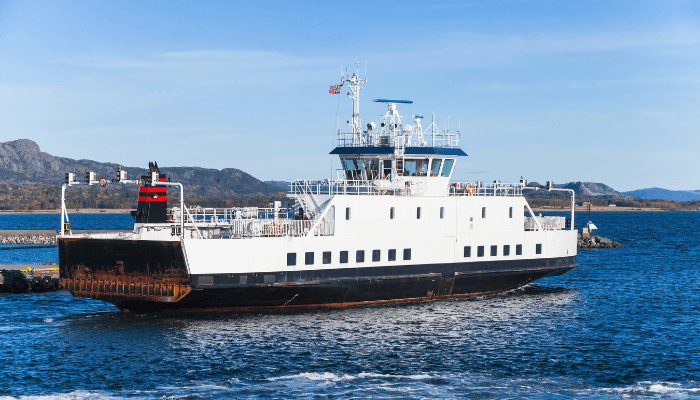
The smaller shipping companies generally opt for tramp ships as they do not have enough fleet to run liner voyages. In some cases, the cargo ships also carry few passengers along. So any ship that can hold 12 or more passengers along with the loads is called a passenger-cum-cargo liner.
Cargo Operations During Covid 19
The covid pandemic disrupted the supply chains worldwide, and many docks were congested due to significant backlogs. The situation created product shortages as cargo ships from Asia failed to reach US ports and Europe and vice versa.
Port of Savannah suffered a lot, especially since it is the biggest single container terminal in North America. It is a primary facility for exporting goods produced in the southeastern US. The port saw very few ships at anchor, and even many workers contracted the SARS virus.
A long queue has become a typical scene at the facility, which has still not recovered from the woes caused by the pandemic shutdown. Many crew members and mariners were not allowed to go onshore by their respective shipping companies as every nation was on high alert to curtail the spread of the virus in their respective territories.
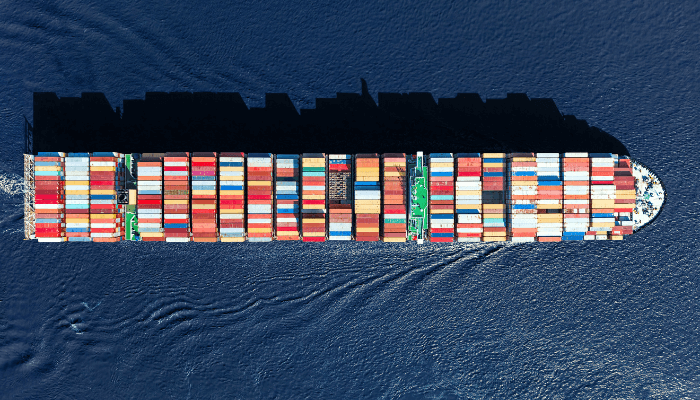
Giant retailers like Target, Walmart, Costco and Home Depot responded to delays by stockpiling goods for the coming months, especially the holiday season. They even chartered ships to transport their goods.
Port of Los Angeles and Long Beach also faced a similar situation. Asian ports like Vietnam, the hub of the apparel industry or Chinese ports, shipping plastic items like toys also faced issues. The congestion and delays continue and impact Asia and its communities the most. Supply chain disruption and rising prices have caused inflation and have been the biggest obstacle for poor communities and war-torn nations struggling for food security.
A Novel Initiative- Fleetzero
Global shipping contributes one billion metric tonnes of carbon emissions. Hence, a startup called Fleetzero aims to address this problem. The company’s owners, Steven Henderson and Michael Carter, US Merchant Marine Academy graduates, are constructing battery-powered electric cargo ships to decarbonise the shipping sector.
It would also help to ease the supply chain bottlenecks by using global ports. Though it may look far-fetched, it is not impossible given the technological progress. Even Elon Musk said in 2017 that everything would be electric in future, except rockets. After electric cars, we would have electric ships.
Present Scenario
Though the history of cargo ships could be traced back to the B.C era, organised transportation started in the latter half of the second millennium A.D., yet the biggest threats were pirates. Incidences of high sea piracy made sea voyages a daunting task. Therefore such cargo ships were heavily armed for their defence. In some cases, there used to be a combat ship that was ordered to accompany these vessels when it had huge goods on board. Currently, such threats have been wiped out as the once lawless seas have been brought under jurisdictions.
Modern-day cargo liners are heavy, strongly built vessels that withstand the toughest weather conditions. They are designed in a manner to optimise space and increase container capacity. Most of these cargo ships are equipped with mechanisms to load the cargo and unload like the designed cranes, thereby making them swift and efficient. Indeed it has been a long journey since the introduction of modern cargo liners.
Frequently Asked Questions About Cargo Ships
1. What do you call a cargo ship?
Cargo ships are also known as freighters. These enormous merchant ships carry cargo, goods and other materials from one nation or continent to another. Thousands of cargo ships ply the world’s oceans and seas annually.
2. What kind of goods are transported through general cargo ships?
As the name suggests, these ships carry foodstuff, chemicals, machinery, furniture, military vehicles, footwear, garments etc.
3. What are big cargo ships called?
Cargo ships have different varying capacities and are constructed according to their use. Big cargo ships carrying petroleum products are tankers with containers for carrying liquid cargo. Massive container vessels are cargo ships that carry cargo in truck-size intermodal containers, known as containerisation.
4. What are the different types of cargo carrying ships?
There are five types of cargo ships, classified according to the goods they can hold. These include bulk carriers, general cargo vessels, multi-purpose ships, oil tankers, gas carriers, reefer vessels, RORO Ships and livestock vessels.
5. Which is the largest cargo ship in the world?
The largest cargo ship in the world is the Ever Ace. It holds the record for the most containers loaded on a single trip, about 3267 containers. It unloaded these at the biggest and busiest British port of Felixstowe in Suffolk.
You might also like to read
- Dos and Don’ts to Avoid Fire in the Ship’s Accommodation Area
- How Container Ship’s Crew Can Help in Preventing Injuries to Stevedores?
- Designing A Ship’s Bottom Structure – A General Overview
- How to Test and Maintain Cargo Hatch Cover of a Dry Ship?
- A Guide To HAZMAT Cargo Loading On Ships
Disclaimer: The author’s views expressed in this article do not necessarily reflect the views of Marine Insight. Data and charts, if used in the article, have been sourced from available information and have not been authenticated by any statutory authority. The author and Marine Insight do not claim it to be accurate nor accept any responsibility for the same. The views constitute only the opinions and do not constitute any guidelines or recommendations on any course of action to be followed by the reader.
The article or images cannot be reproduced, copied, shared, or used in any form without the permission of the author and Marine Insight.
References: Britannica
Do you have info to share with us ? Suggest a correction
Latest Type Of Ships Articles You Would Like:
Subscribe To Our Newsletters
By subscribing, you agree to our Privacy Policy and may receive occasional deal communications; you can unsubscribe anytime.



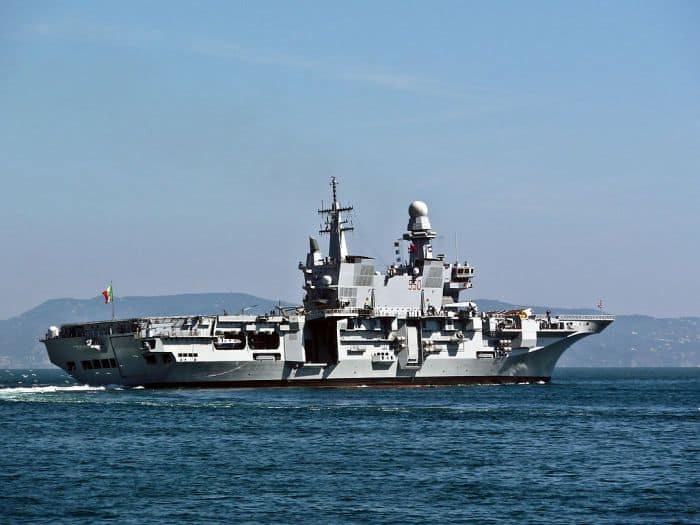
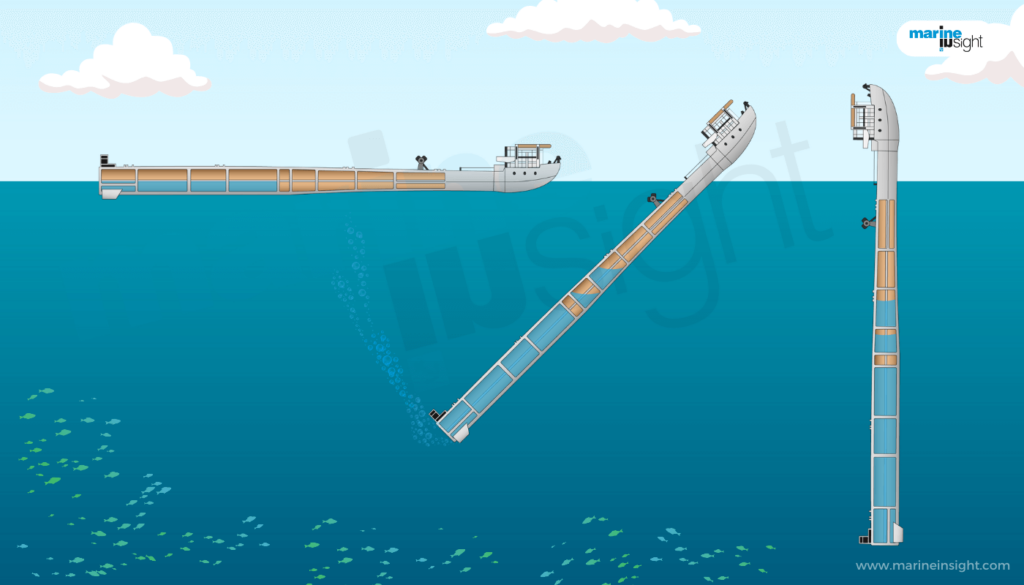

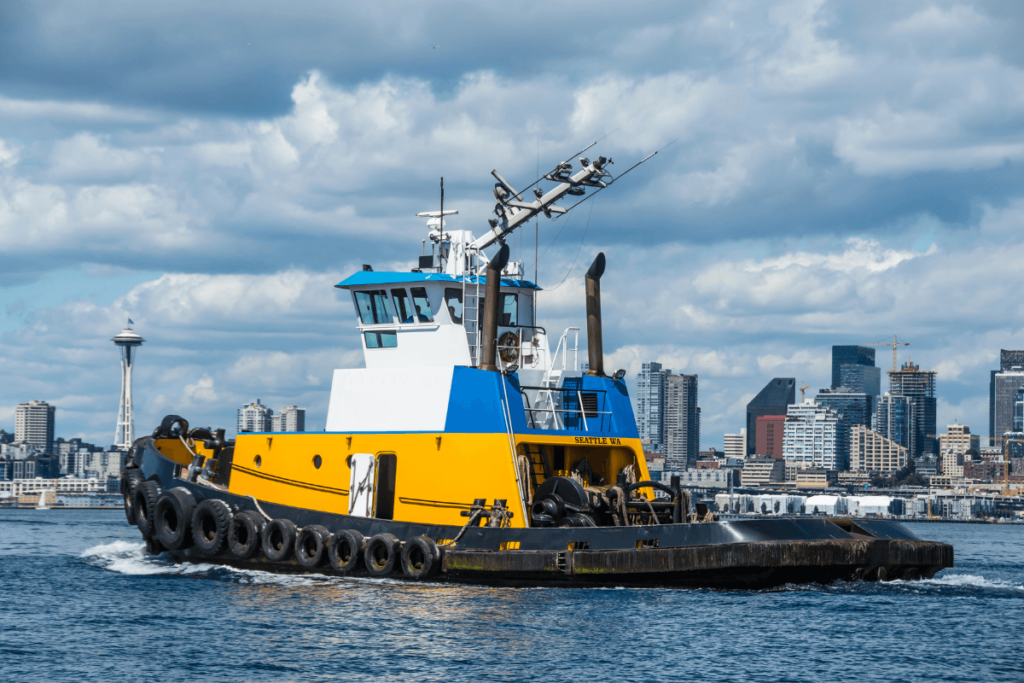

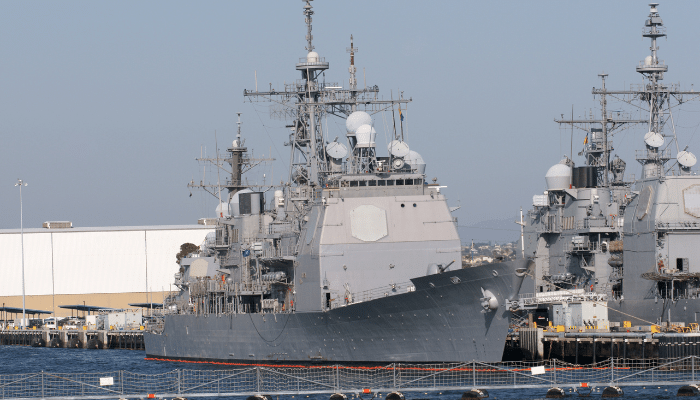

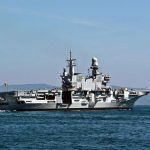
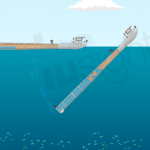
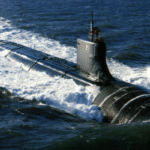
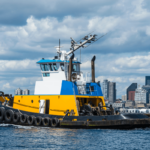
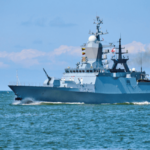
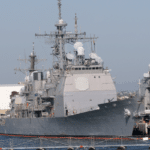
You made some good points there. I did a search on the topic and found most people will agree with
your blog.
thank you for the information Ive learned so much 🙂
thank you so much for your education provision ,
@James: Glad our content is useful for fellow professionals.
I think it was really useful
Thank you Mason. Glad you found it useful ??